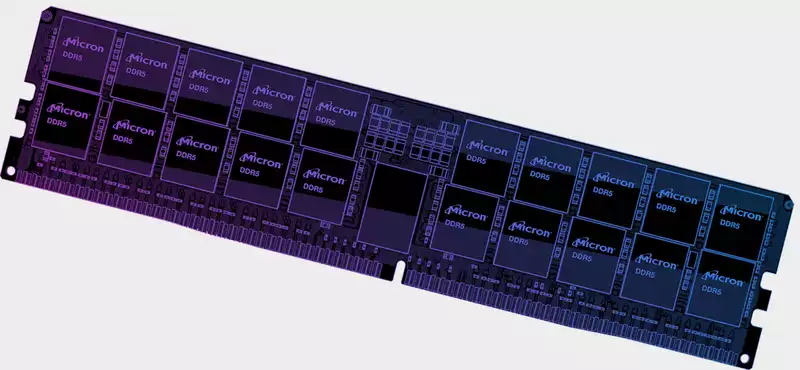Finally, the JEDEC Solid State Technology Association has formalized the DDR5 SDRAM specification. This will serve as a blueprint for memory manufacturers and future CPU platform designs as the industry transitions from DDR4. It will not happen overnight, however. More details to come.
JEDEC is an industry organization that develops and sets open memory standards and has over 300 members, including AMD, Intel, Micron, Samsung, and other major players in the semiconductor industry JEDEC's work is important, because it is the only organization in the semiconductor industry that has the authority to set standards for memory. The work of JEDEC is important, because without the creation of a recognized standard, PC builders may have to navigate their own minefield when building a PC.
Initially, JEDEC was aiming to release the final DDR5 specification in 2018, which would have meant DDR5 modules could have appeared in 2019 or this year. That obviously did not happen, but it is here now, at least on paper.
One of the advantages of DDR5 is that it supports higher capacities. The specification quadruples the chip density to 64 gigabits; since up to eight dies can be stacked on a single chip, the capacity of LRDIMMs can reach 2TB. For unbuffered DRAM, the type of memory found in a typical home PC, the module could be 128GB, double the capacity of DDR4
. [The maximum data rate will also double, from 3.2 Gbps to 6.4 Gbps (initially, JEDEC expects DDR5 modules to launch at 4.8 Gbps). In short, DDR5 will introduce faster memory and more of it. Currently, 16GB of RAM is generally considered the sweet spot, but once DDR5 comes into full swing, 32GB could be the recommended amount.
In addition to wider bandwidth and higher capacity, an interesting change that DDR5 will introduce is on-chip voltage regulation. Currently, voltage regulation of memory modules is the responsibility of the motherboard. However, DDR5 modules will have their own voltage regulators, enabling what JEDEC calls "pay as you go scalability. This also promises better voltage tolerance to improve DRAM yields and reduce power consumption
.
As for when DDR5 memory will actually be used, it may not be this year, and it may not even be next year; AMD has already confirmed that the Zen 3-based Epyc "Milan" server CPU will use DDR4 memory, and we can assume the same for desktop products The same can be inferred for desktop products.
A few months ago, Gamers Nexus (via TomsHardware) found an AMD roadmap received from an insider, noting that the 2022 platform would be the first to support DDR5 (and USB4).
In any case, the ball was already rolling and had been rolling even before the DDR5 specification was finalized. For example, Micron sampled DDR5 server memory in January. Nevertheless, if you are building a PC within the next 12 months, you will likely still be using DDR4 memory.


Comments